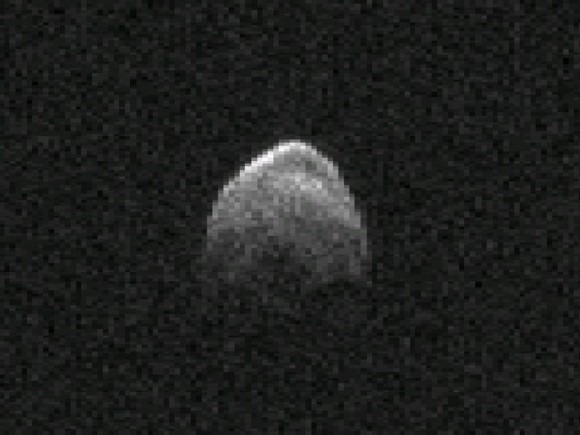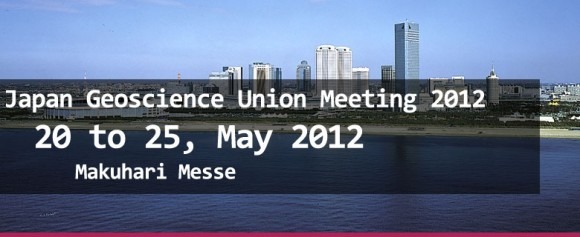NASA's Next Course: Asteroids
This week NASA has revealed that they'll be heading to the asteroids sooner than later, with British European Space Agency astronaut Tim Peake being trained for future missions starting next month. This set of missions will start with a training program which includes the operation of compatible vehicles, preparing for spacewalks, and moving forward with new methods for collecting space dust samples galore. This mission also includes exploring methods for destroying asteroids should they be headed in a collision course for Earth.
This new initiative includes training astronauts for travel up to three million miles away from the surface of the Earth toward asteroids inside the next decade. For comparisons sake, this is one whole heck of a lot further out than the Moon, just 239,000 miles from Earth. These missions will have astronauts traveling at around 50,000 miles per hour around the Sun with an aim to land on asteroids with perfect precision.
"With the technology we have available and are developing today, an asteroid mission of up to a year is definitely achievable. Asteroids are interesting on a number of different levels. Nasa is focused on the science you can achieve as asteroids are essentially a historical record of billions of years of our universe where we can take samples from. These objects are also coming extremely close to Earth all the time, but we rarely hear about it. In the last year we had an asteroid come within Earth's geostationary orbit, which is closer than some satellites." – Major Peake

Above: one of the last giant asteroids to pass Earth in 2011.
At this very moment, NASA is currently monitoring "more than 400 objects with potential to hit the Earth," most of which have very little potential to cause any real significant damage on our planet's surface. The rocks hurling towards the Earth at great speed today may be amongst those visited by this mission in the future. NASA plans on making a more full report to the world at a conference later this month at the Japan Geoscience Union Meeting 2012.

At this meeting, NASA will announce fully their plans to send unmanned spacecraft with robotic arms to collect samples from asteroids by 2016 with manned missions set for closer to 2020.
"With enough warning we would probably send a robotic mission to deflect an asteroid, but if something is spotted late and is big enough we might come into Armageddon type scenarios where we may have to look at manned missions to deflect it. That is when the skills we are learning about how to work on an asteroid could be useful." – Major Peake
Welcome to the next generation of NASA-explored space! We'll be heading to the asteroids soon!
[via Telegraph]
